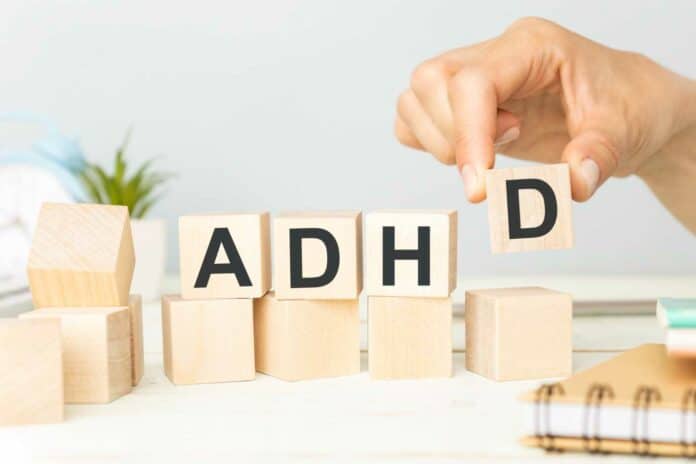The identification of consistent neuroimaging correlates of Attention-Deficit/Hyperactivity Disorder (ADHD) has faced challenges due to small sample sizes, subtle effects, and methodological variations. Since ADHD is linked to changes in broadly distributed brain networks with small individual results, researchers suggest adopting a holistic approach considering cumulative effects across the entire brain.
Additionally, employing large, multi-site samples is essential for enhancing the reproducibility and clinical applicability of MRI studies that span the entire brain to understand the neural basis of ADHD.
Scientists at Oregon Health & Science University and the University of Minnesota Masonic Institute for the Developing Brain utilized a substantial national dataset and neuroimaging to validate the widespread impact of attention-deficit hyperactivity disorder (ADHD) on the brain. The research sheds light on the intricate connection between brain connectivity and behavioral disorders.
Michael A. Mooney, Ph.D., assistant professor of medical informatics and clinical epidemiology in the OHSU School of Medicine, faculty in OHSU’s Center for Mental Health Innovation and the study’s corresponding author said, “By evaluating the cumulative effects of regions across the entire brain, we are now looking at ADHD as a whole-brain issue, which could make it easier to predict which kids have ADHD and how severe it may be. Down the road, we hope this will help identify kids at most risk early so they can get the help they need as soon as possible.”
The research utilized the Adolescent Brain Cognitive Development Study (ABCD) dataset, a comprehensive study tracking the development of nearly 12,000 children over ten years. Using neuroimaging data, scientists developed a Polyneuro Risk Score (PNRS) to assess the likelihood of ADHD based on brain connectivity patterns.
The PNRS method demonstrated a strong association between brain-wide connectivity and ADHD symptoms in both the ABCD study and an independent Oregon-ADHD-1000 case-control study. This approach offers insights into the relationship between brain activity patterns and behavioral disorders like ADHD.
Unlike previous studies, which looked at individual brain regions, this study shows this isn’t the case across the board. There is a signal from all areas of the brain that contribute to the risk of ADHD.
Scientists are now looking forward to investigating whether these findings are consistent among different ages and points in time across the child’s lifespan. Additionally, researchers are interested in the application of the PNRS method to predict risk for other neurological disorders, such as depression or anxiety.
Mooney said, “At this research stage, we’re still evaluating the clinical utility of these findings. However, it certainly points toward not looking at behavioral conditions in a silo. We hope to continue research into this area so that in the future, we can improve the method to the point that it could be used in health care settings, providing ADHD risk prediction and assessment.”
Journal Reference:
- Michael A. Mooney, Robert J.M. Hermosillo, Eric Feczko et al. Cumulative Effects of Resting-state Connectivity Across All Brain Networks Significantly Correlate with ADHD Symptoms—Journal of Neuroscience. DOI: DOI: 10.1523/JNEUROSCI.1202-23.2023
